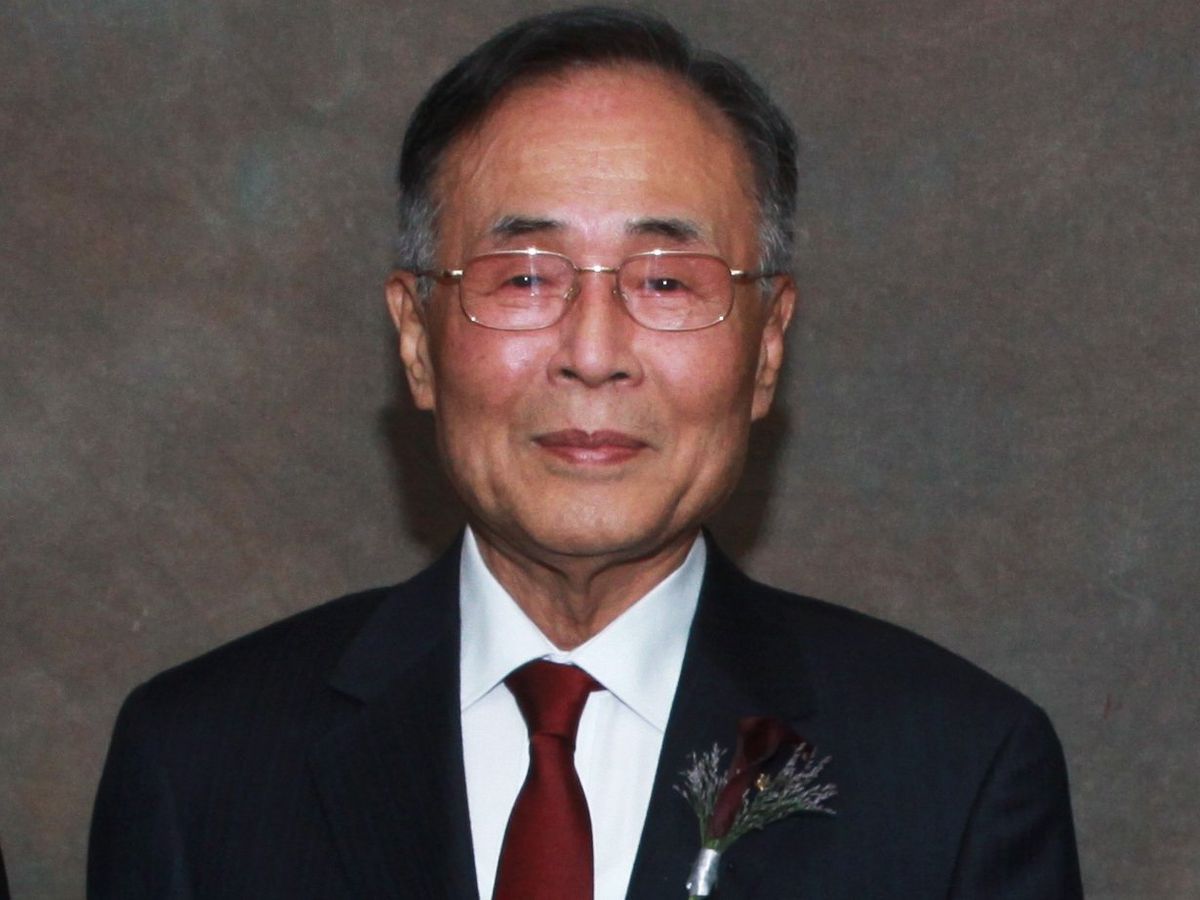Jung Uck Seo, who served as 2003–2004 IEEE Region 10 director, died on 11 January at the age of 89.
While working at Korea Telecom, the IEEE Life Fellow led the development of the TDX-1 digital telephone switching system. Later he worked to commercialize the code division multiple access method of encoding data sources. CDMA, known as 2G, allowed data to be transmitted over a single radio-frequency carrier by one transmitter, or to use a single RF carrier frequency with multiple transmitters.
Seo also served in leadership positions for several South Korean government divisions including the Agency for Defense Development and the Korean Communications Agency.
Early days in defense technology
After earning a bachelor’s degree in electrical engineering from Seoul National University in 1957, Seo joined the Republic of Korea Air Force Academy, in Cheongju, as an instructor of communications and electronics. Three years later he left for the United States to attend Texas A&M University, in College Station. He earned master’s and doctoral degrees in electrical engineering there in 1963 and 1969, respectively.
He returned to South Korea in 1969 and joined the newly established Agency for Defense Development, in Daejon, as a section chief. There he developed technologies for the military, including a two-way radio, a telephone linking system, and a portable calculator. Seo rose through the ranks and eventually was named president of the electronics and communications division.
He left in 1982 to join Seoul National University, where he taught for a year as a professor of electromagnetic field theory.
In 1983 he joined Korea Telecom (now KT Corp.), in Seongnam-si, where he served as senior executive vice president. He was in charge of R&D for digital switching and quality assurance systems. During his time at the agency, he led the development of the Time Division Exchange, or TDX-1—a digital switching system that was deployed across the country’s telecom networks in 1984.
A leader in telecommunications in South Korea
In 1991 Seo was appointed by the South Korean government to serve as minister of science and technology. In this role, he approved government funding for research and development.
After two years he left to become president of the Korea Institute of Science and Technology, in Seoul, where he led the effort to commercialize CDMA technology. Seo and a team of KIST researchers worked with Qualcomm to develop CDMA technology for cellular networks. In 1996 mobile communications carriers in South Korea began to provide CDMA wireless services, becoming the first commercial carriers worldwide to apply the technology.
In addition to his leadership at KIST, Seo served as president and vice chairman of SK Telecom, a wireless operator and former film distributor in Seoul. He was chief executive of the Korea Accreditation Board, which operates accreditation programs for management and systems certifications based on international standards.
A lifelong member of IEEE–Eta Kappa Nu, Seo was named an eminent member in 2012, the honor society’s highest level of membership.
The South Korean government bestowed him with several honors including the Order of Industrial Service Merit, the Order of Civil Merit, and the Order of Service Merit.



